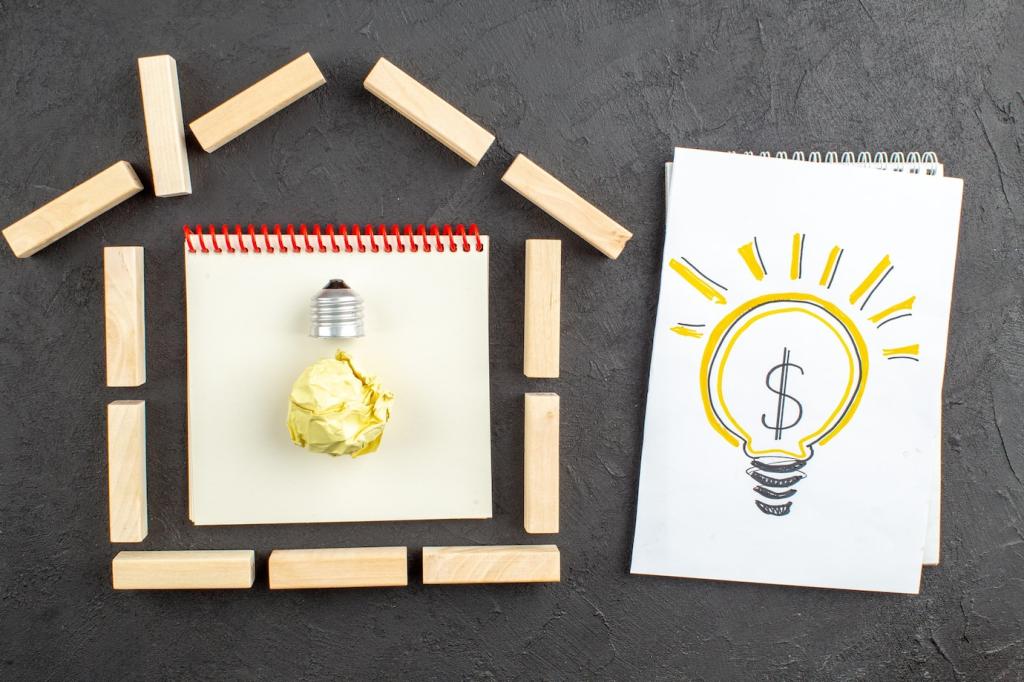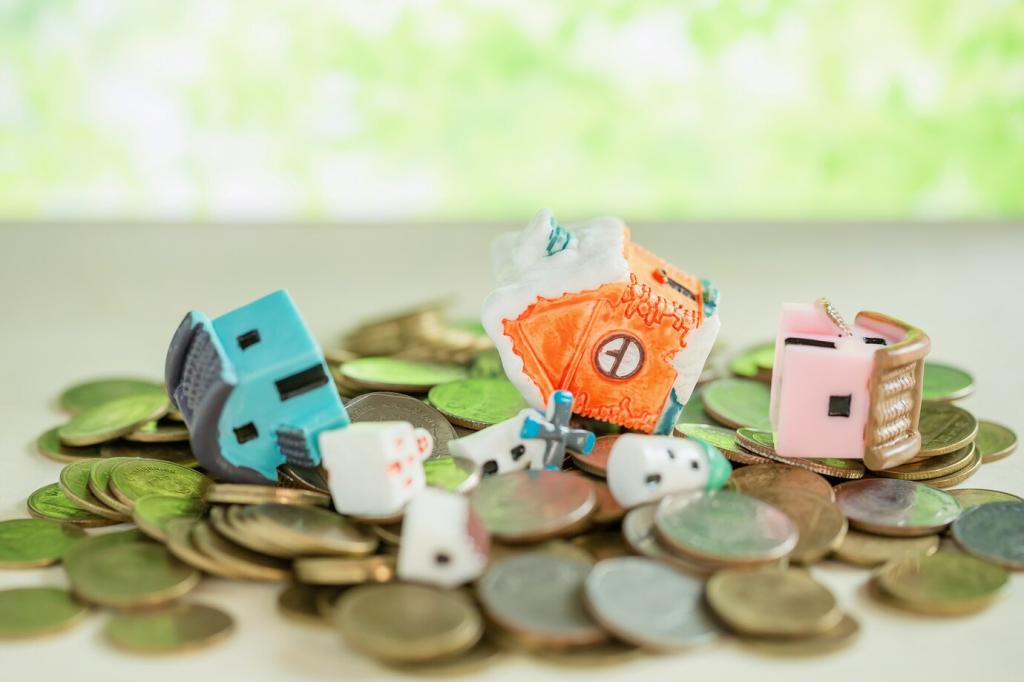Shop The Store Like A Pro
Weekday mornings or early afternoons often mean shorter lines, clearer thinking, and fresher markdowns. Shopping after work while hungry is a classic overspend trigger. Choose a time that supports thoughtful choices and your meal map, not your cravings.
Shop The Store Like A Pro
Start with produce and proteins on your list, then move purposefully through needed center aisles. A basket encourages precision; a cart invites extras. Keep your route tight, your list visible, and your goal clear. Got a route hack? Drop it in the comments.





